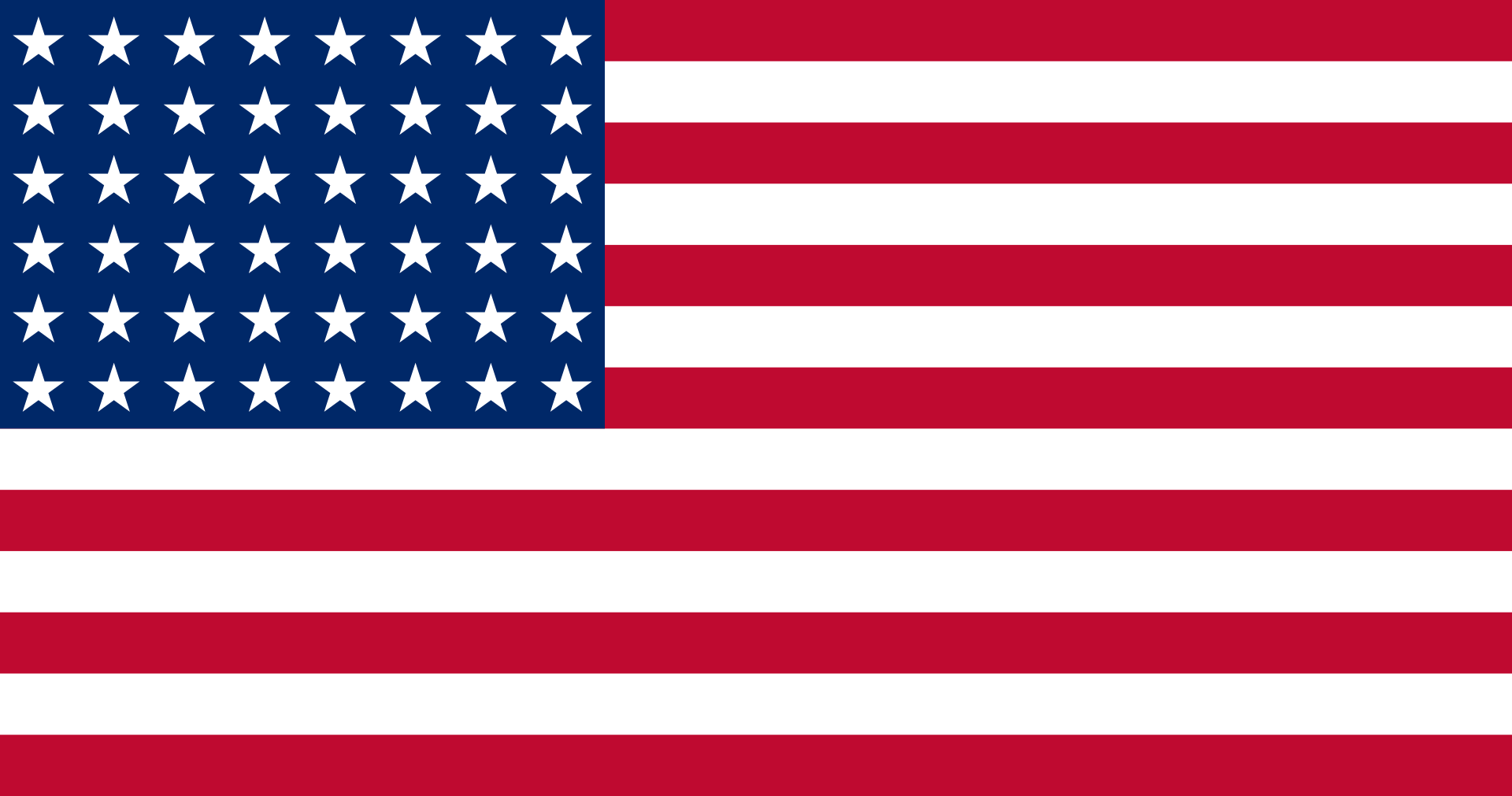80th Air Depot Group
Operator Identification
United States of America
TYPE: USAAF unit
IATA/ICAO CODES: Nil
HEADQUARTERS: McClellan Field, CA (1942), Karachi, Sindh, India (1942-1945), Panagarh, Bengal, India (1945), Ranaghat, Bengal, India (1945-1946), Titagarh, Bengal, India (1946)
FORMER NAME: Nil
SUBSEQUENT NAME: 80th Air Depot Wing (when reactivated in January 1951)
Operator History
The formation of the 80th Air Depot Goup occured in the chaotic first weeks of World War II, with personnel from the 51st Service Group. The latter group was established at Morrison Field, FL in April 1941, but with the attack on Pearl Harbor two of its squadrons, the 53rd and 54th, were sent to San Francisco, CA by troop train, and then shipped to the Philippines. However, the archipel fell to the Japanese while they were still enroute. Java was initially imagined as an alternative destination, however the Dutch East Indies surrendered as well. Eventually, after brief stops in Melbourne and Perth, Australia, they were sent to Karachi, Sindh, India, via Colombo, Ceylon. These men made up the newly formed 80th Air Depot Group, divided between the 80th Depot Repair Squadron and the 80th Depot Supply Squadron. They were among the first US servicemen to reach India.
Karachi had limited facility, except for a large airship hangar built in the late 1920's by the British but never used. The early assignment was to provide major overhaul and repair of aircraft and assembly of fighter aircraft, primarily P-40s, for the Chinese Air Force and the American Volunteer Group headed by General Chennault. The aircraft would be shipped overseas in crates to Karachi harbor and then trucked to the airbase. They were then assembled in the hangar on a regular production line basis. As the planes were designed and manufactured in the USA several months before arrival overseas, they required modifications as they were assembled. After assembly, the planes were tested by squadron pilots prior to their being flown for assignment in the forward areas. The group's mission changed in mid-1942 to meet the needs of the USAAF as numerous fighter and bomber squadrons were assigned to the theater. This consisted of assembling and preparing for combat a wide range of aircraft: P-40s, P-43s, P-38s, P-47s, P-51s, and P-66s. Combat gliders were also assembled for combat in Burma.
The hangar was large enough to hold a number of B-24s & B-17s for repairs or modifications. Various machine shops, instrument and armament areas plus parts and supplies were stored in partitioned off areas. The crates that contained the aircraft and parts were used to make buildings - the flight line office - and partitions. The hangar became the living and working quarters for the original troops until desert style tents could be obtained from the British. Until the tents arrived the troops worked, ate, and slept in the hanger. During the monsoon season the tents managed many leaks and during the dry season the dust storms coated everything with a fine dust. The wood and cord beds with light mattress made sleeping uncomfortable. The mosquito nets kept the bugs away but were a good place for the bedbugs. As time went on, proper barracks were built.
In February 1945 the 80th Air Depot Group moved to Panagarh, Bengal, India, home of the Eastern Air Depot and 47th Air Depot Group. It was a new base with plenty of construction still going on, with new hangars, a base operations building and a large concrete flight line.
As the war ended, the 80th Air Depot Group processed many military aircraft. Those which had either large repairs or a lot of flight time were returned were stripped of parts and sent to a scrap pile, which was essentially a burning pit of aircraft.
Commando Operations
Mid-1944*
A large part of the ATC India-China Wing Commandos were probably processed at some point or another by the 80th Air Depot Group, however dates and serial numbers are mostly unknown.
Commandos Operated
- Curtiss C-46A-41-CU Commando: 42-61081
Last edited: 04/02/2020

